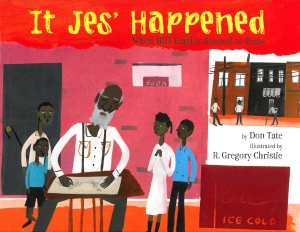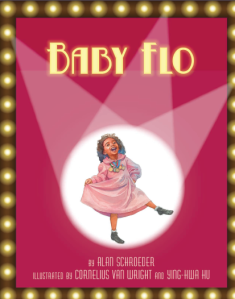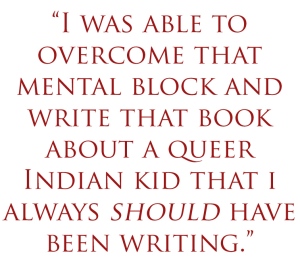![]()
![]() In her first guest post, author/illustrator Christy Hale shared ideas for how to plan a successful book launch. In her follow-up post, Hale shares tips for planning storytelling and activities for bookstore appearances. Hale is the author and illustrator of, most recently, Dreaming Up, which was named a 2012 ALA Notable Book by the American Library Association and one of the Horn Book Magazine‘s Best Books of 2012.
In her first guest post, author/illustrator Christy Hale shared ideas for how to plan a successful book launch. In her follow-up post, Hale shares tips for planning storytelling and activities for bookstore appearances. Hale is the author and illustrator of, most recently, Dreaming Up, which was named a 2012 ALA Notable Book by the American Library Association and one of the Horn Book Magazine‘s Best Books of 2012.
1. Consider the audience when planning your program. Bookstores host different types of author events. If possible attend other programs at bookstores where you will appear so you can scope out the typical crowd. The time of the event may be a good indicator of the age level likely to attend. At Kepler’s Story Time Sundays, I have read to toddlers and preschoolers with a few older school age children scattered in the mix. A mid-week morning time program at BookSmart in a shopping mall in San Jose drew in moms and caregivers with toddlers and preschoolers. An afternoon program at Linden Tree in Los Altos brought school age children. An early evening program at Reach and Teach in San Mateo was geared toward whole families. My evening launch party at Books Inc. in Palo Alto was mostly attended by adults.








